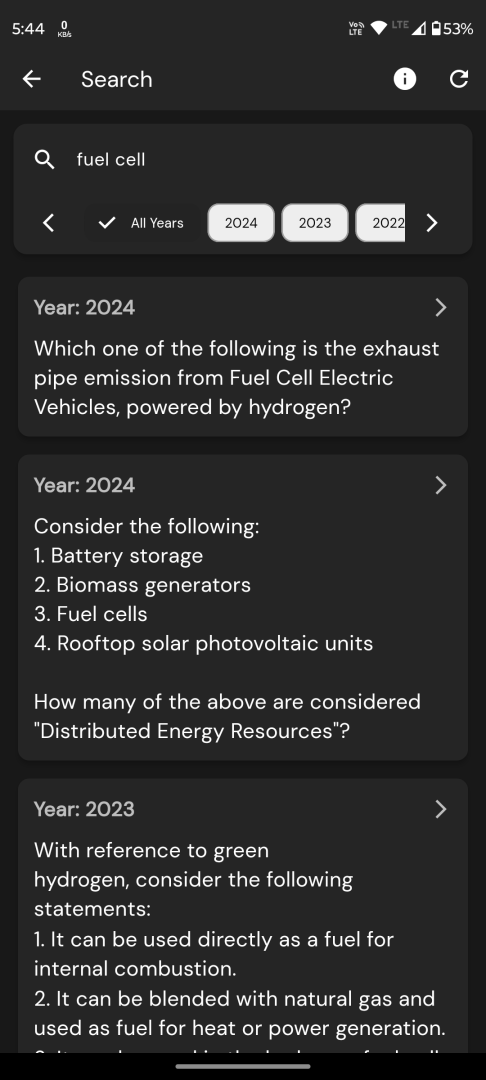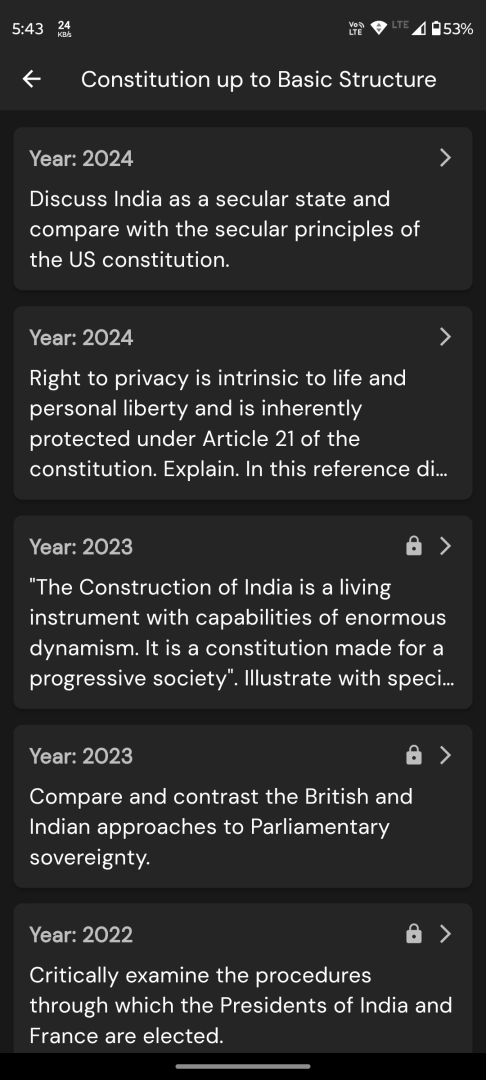Q. In the context of electric vehicle batteries, consider the following elements:
I. Cobalt
II. Graphite
III. Lithium
IV. Nickel
How many of the above usually make up battery cathodes?
(a) Only one
(b) Only two
(c) Only three
(d) All the four
Correct Answer: (c) Only three
UPSC Prelims 2025 GS Paper's Solution
Explanation :
In lithium-ion batteries used in electric vehicles, the battery cell primarily consists of two electrodes: the cathode (positive electrode) and the anode (negative electrode).
Cathode (Positive Electrode):
The cathode typically contains lithium-based metal oxides. Common cathode materials include:
Lithium (Li): Essential component in cathode materials, present as lithium ions.
Cobalt (Co): Used in cathodes such as Lithium Cobalt Oxide (LiCoO₂).
Nickel (Ni): Used in cathodes such as Nickel-Manganese-Cobalt (NMC) or Nickel-Cobalt-Aluminum (NCA) chemistries.
Thus, Lithium, Cobalt, and Nickel are commonly found in cathode materials.
Anode (Negative Electrode):
The anode typically consists of carbon-based materials, most commonly:
Graphite: Widely used as the anode material due to its ability to intercalate lithium ions efficiently.
Hence, the correct answer is option (c) Only three.





